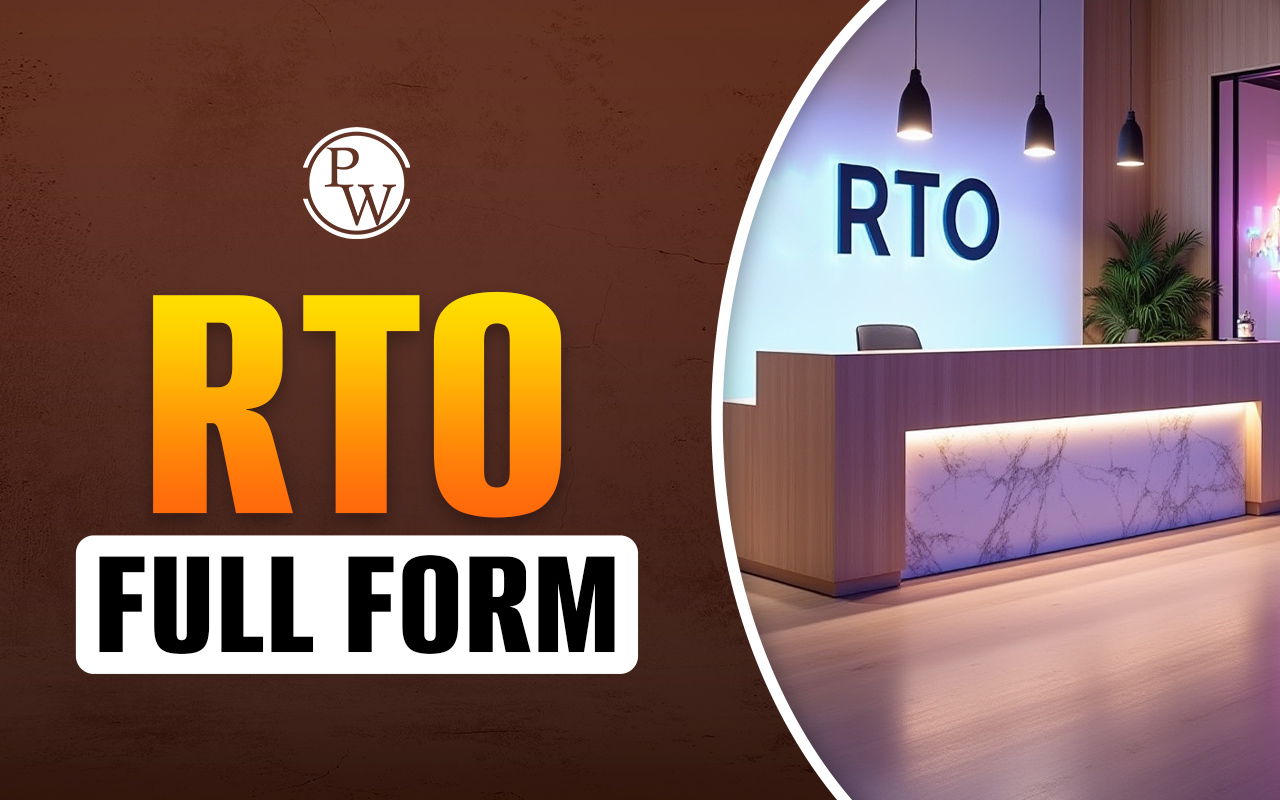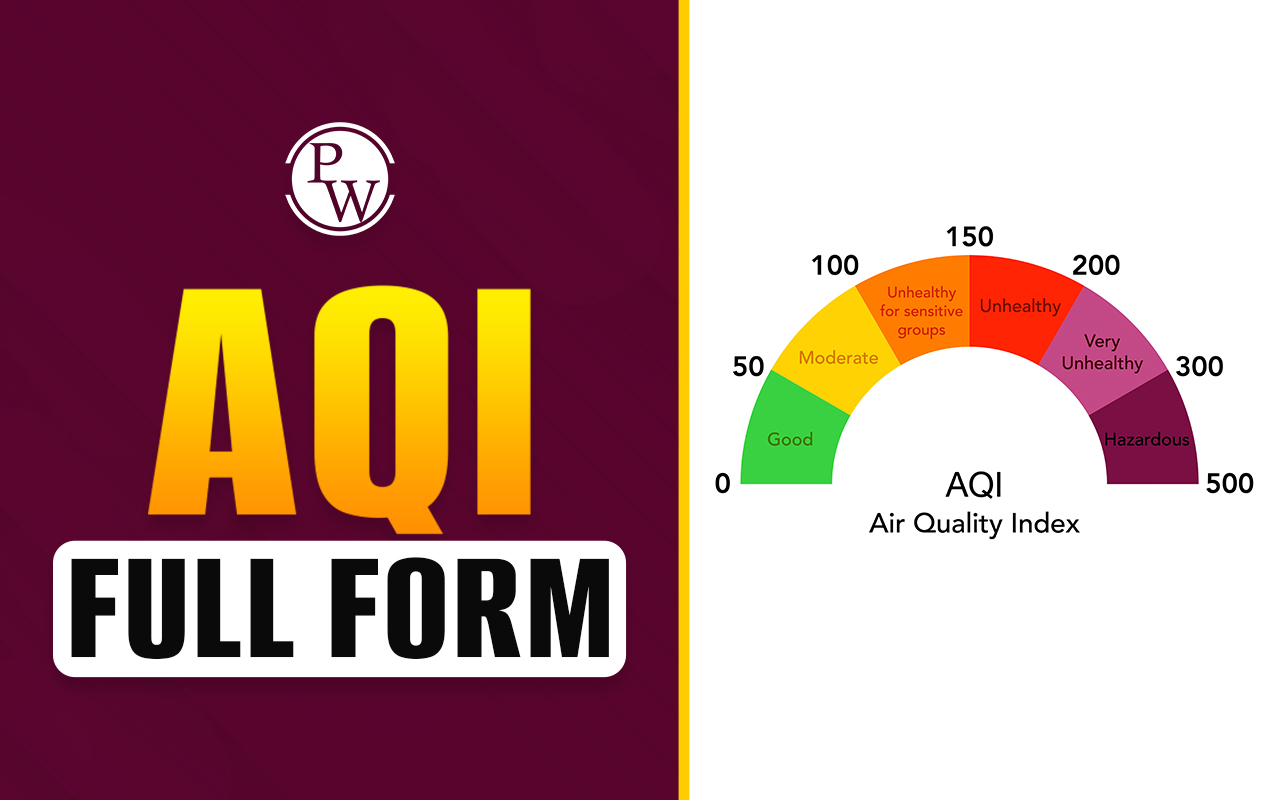
CEO Full Form: A CEO, or Chief Executive Officer, is the highest-ranking person in a company or organization. The CEO is responsible for making major corporate decisions, managing overall operations, and acting as the main point of communication between the board of directors and the company’s management.
CEOs set the company’s strategy, vision, and goals. They lead the organization, ensuring that the company meets its objectives and maximizes shareholder value. The CEO plays a crucial role in shaping the company’s culture and often represents the company to the public and stakeholders. Here is an overview of the Full Form of CEO:
| CEO Full Form Overview | |
| Aspect | Details |
| Full Form | Chief Executive Officer |
| Position Level | Highest-ranking executive in an organization |
| Key Responsibilities |
|
| Reports To | Board of Directors |
| Common Titles Reporting | Chief Operating Officer (COO), Chief Financial Officer (CFO), Chief Marketing Officer (CMO) |
| Authority | Ultimate decision-making power within the company |
| Typical Background | Experience in business leadership, management, or industry-specific expertise |
| Term Duration | Varies; can be fixed-term or indefinite |
| Challenges Faced | Market competition, regulatory compliance, innovation, managing stakeholders |
| Impact | Drives company growth, culture, and long-term success |
What is the CEO Full Form?
CEO stands for Chief Executive Officer. It is the highest-ranking executive in the organization who oversees all operations, makes strategic decisions, and leads the company toward its objectives.
Chief Executive Officer Meaning
The CEO's full name has three letters in it. The breakdown of the CEO is mentioned in the table below:
| Letter | Full Form Term |
| C | Chief |
| E | Executive |
| O | Officer |
Meaning of Each Letter in CEO
-
C – Chief: The principal or highest-ranking leader in the organization.
-
E – Executive: One who is in authority to make decisions.
-
O – Officer: A person who is responsible or has the due authority.
CEO Full Form in Hindi
CEO का पूरा रूप हिंदी में होता है मुख्य कार्यकारी अधिकारी। अंग्रेज़ी में यह Chief Executive Officer होता है, यह किसी कंपनी या संगठन का सबसे उच्च पद होता है, जो प्रबंधन, नीतियों और महत्वपूर्ण फैसलों के लिए जिम्मेदार होता है। CEO कंपनी की दिशा, रणनीति और संचालन पर निगरानी रखता है तथा बोर्ड ऑफ डायरेक्टर्स या मालिक को रिपोर्ट करता है। इसका मुख्य कार्य संगठन को सफलता और विकास की ओर ले जाना होता है।
CEO vs Owner
The roles of CEO (Chief Executive Officer) and Owner are often confused but are distinct, especially in larger businesses. A CEO runs the company but does not own it (unless they are also the owner).
The Owner owns the company, sets the overall direction, and can hire or fire the CEO.
Understanding these roles helps clarify how companies operate and who ultimately makes the biggest decisions behind the scenes. CEOs are often not the owners; they may be professional managers brought in to run or grow a company. They are responsible for leading the team, planning strategy, and ensuring performance against goals, but their power is ultimately subject to the wishes of the board (which may include owners).
Owners have the ultimate say in company direction and financial matters. They decide who the CEO is, and can replace them if needed. They may be hands-on (especially in small businesses), or delegate most management responsibility to a CEO in larger firms.
| Key Differences CEO vs Owner | ||
| Aspect | CEO | Owner |
| Legal Status | Employee (senior-most executive) | Holds legal ownership and control of the company |
| Appointment | Hired or appointed by the board of directors | Either founds or acquires the business |
| Responsibilities | Day-to-day management, executes company strategy, leads employees, reports to board | Sets long-term vision, makes major financial decisions, ultimate authority |
| Financial Benefit | Receives a salary and sometimes bonuses or shares | Entitled to company profits (or dividends); bears financial risks |
| Accountability | Accountable to board of directors and shareholders | Does not report to higher authority within company |
| Authority | Highest ranking employee yet limited by board and owner's wishes | Supreme authority, can overrule CEO decisions |
| Permanency | Position changes as per board/company needs | Permanent unless they sell or dissolve business |
| Can Be Same? | Sometimes the same person in small companies/startups | Not always; in large companies, owner and CEO are often different people |
CEO Roles and Responsibilities
The Chief Executive Officer (CEO) occupies the highest level in the authority hierarchy of a particular corporation or organization. The CEO is responsible for the major corporate decisions, managing the whole operations, and deciding the direction towards which he/she leads the company.
In essence, the most important controller between the board of directors and all other departments in the company is the CEO, who ensures that all organs of the organization are aligned and working efficiently.
-
During an organization's times of growth, change, or crisis, it is this leader who is expected to direct the organization during these challenges and opportunities.
-
A CEO will fairly definitely have a wide remit as far as finance, operations, marketing, and human resources are concerned. In this capacity, he or she ensures that the company operates within a legal and ethical framework and maintains a positive corporate culture.
-
The effectiveness of a CEO can greatly influence a company's success, profitability, and sustainability.
-
Acting as a middle barrier between the board of directors and the company's operational units, CEOs primarily formulate plans and make major decisions in finance and policy, allowing occupation of the company's reputation to various stakeholders, investors, and the public at large.
CEO Salary in India
CEO salaries in India are based on factors like company size, industry, experience, and location. But typically, CEO salaries in India range from ₹15.0 Lakhs to ₹102.0 Lakhs per year. The CEO tends to command entire institutions profitably while managing to oversee the executive team on a daily basis.
Full Form of CEO FAQs
What does CEO stand for?
What is the primary responsibility of a CEO?
Is the CEO the top executive in a company?
Do all companies have a CEO?










